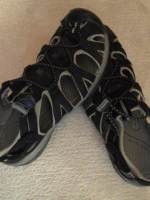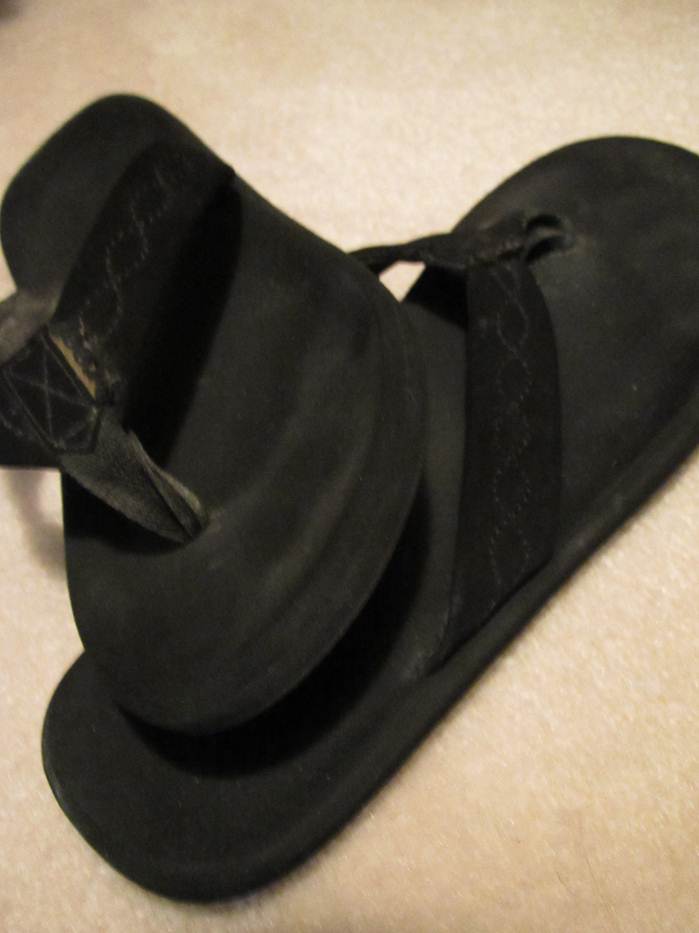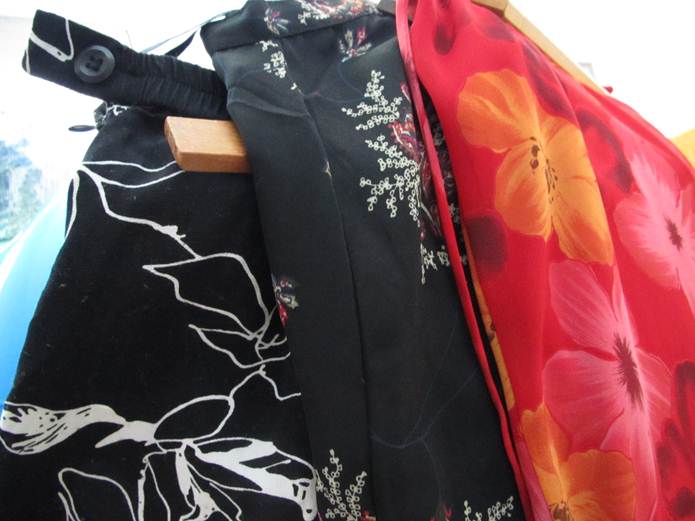Fall Closet Cleanout
/ The change in seasons is an opportune time to clean out your clothes closet. While I get out a few warmer clothes that are good to layer for cool fall mornings, I take a look at every single garment that has been in the closet all summer and make a pile that will, one way another, leave the house. The key question
The change in seasons is an opportune time to clean out your clothes closet. While I get out a few warmer clothes that are good to layer for cool fall mornings, I take a look at every single garment that has been in the closet all summer and make a pile that will, one way another, leave the house. The key question
Will I ever wear this again?
Should be easy to answer.
If the answer is no - then it goes in the pile. Most of my pile goes into a bag to donate to charity. The key is to not store it away for another time. Once you have made the decision that it is not something you will wear again, follow through so that you won’t have to spend any more time revisiting the decision.
If the answer is yes - then make sure the garment is in good repair (no missing buttons, clean) and make the decision to keep it in the closet of the upcoming season or store it somewhere else so that it can be easily retrieved next spring.
Hopefully, by the time this process is finished, you’ll have plenty of room to get all your winter clothes into the closet!

























